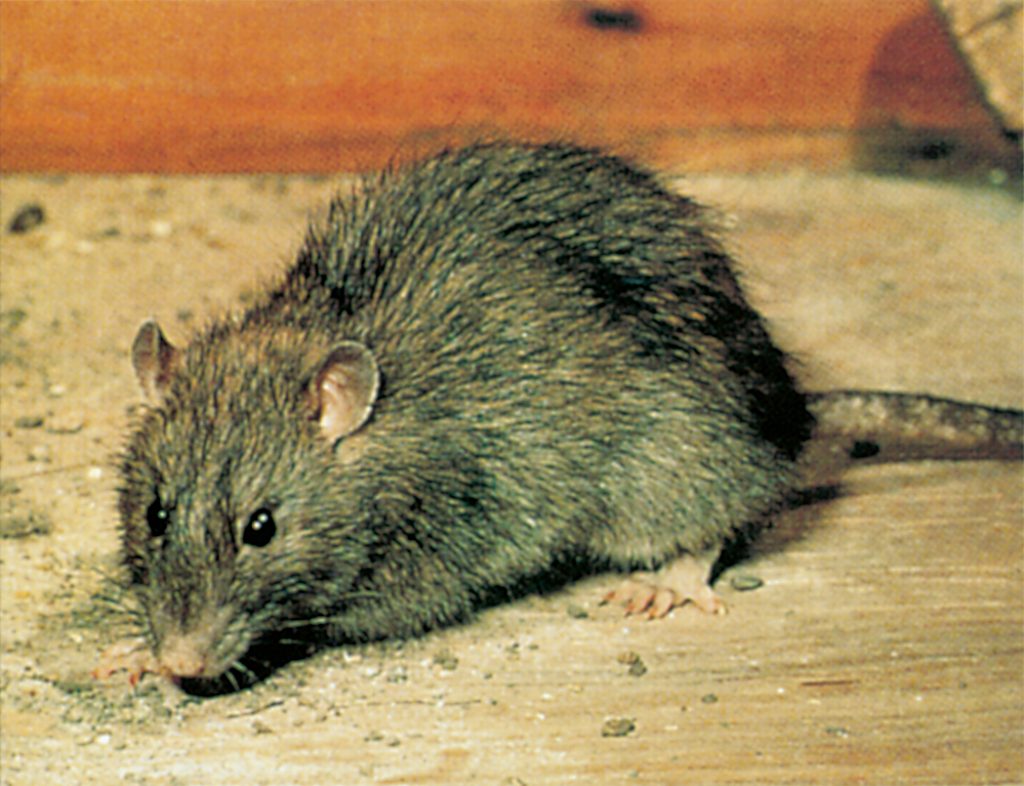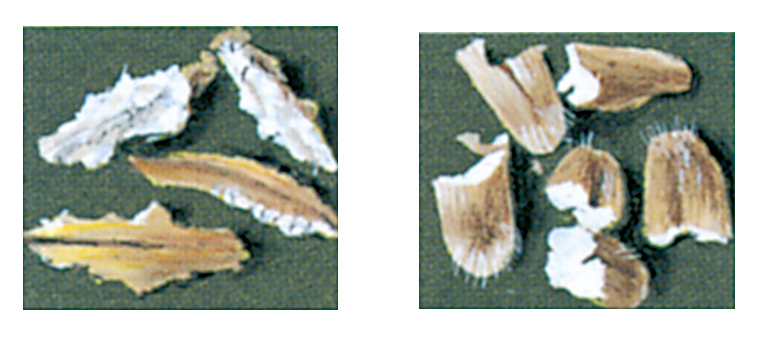
Latin: Rattus norvegicus
The brown rat, now found in almost all parts of the world, is believed to have originated in eastern Asia. It spread partly on foot, partly by ship. It came to Europe relatively late, probably about the beginning of the 18th century, but when it did it spread very rapidly, for this large rodent has a great ability to adapt and it soon drove out the black rat.
The brown rat thrives in all sorts of places, but it is primarily associated with buildings, warehouses and farm buildings, where it prefers the damp parts.
In towns it often frequents drainpipes, feeding on the kitchen waste that passes by, and builds its nest of paper, wadding or similar materials wherever it can find a dry place.
When brown rats invade urban property they will nearly always have come up through a break in the sewers. Brown rats are omnivorous, and will eat any animal or plant food, and they may even become predatory, taking live chickens and ducklings. In many places in the world it has been reckoned that the rats eat more than half the available foods.

The position is not as serious as this in temperate regions but losses can be quite substantial. As in the case of mice most of the damage is due to the rats gnawing through packaging and fouling with urine and faeces. In fact, rat urine and faeces often contain disease germs, which may present a risk to the health of man and his domestic animals.
Under favourable conditions, in grain warehouses and outhouses, brown rats will breed throughout the year and they are extraordinarily prolific. A pair of rats and their offspring can produce about a thousand individual in the course of a year.
Brown rats live in groups, the individuals within each group recognising each other by smell. They are shy animals which are mainly active during the hours of darkness. They never willingly move out on to an open area, but will always go along the walls.




